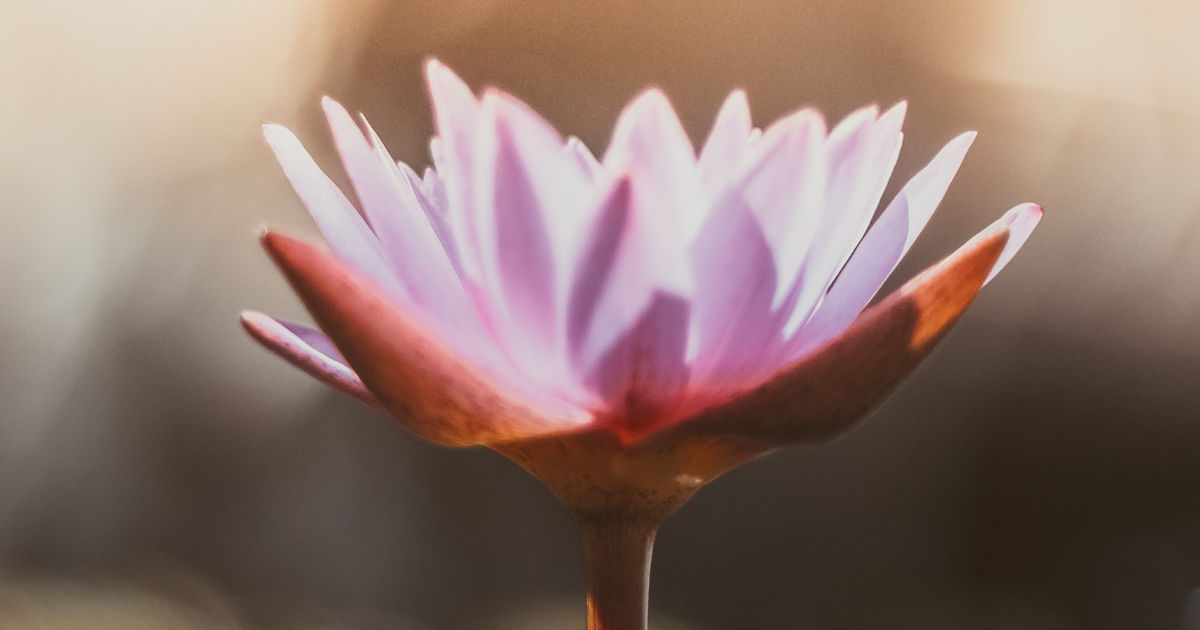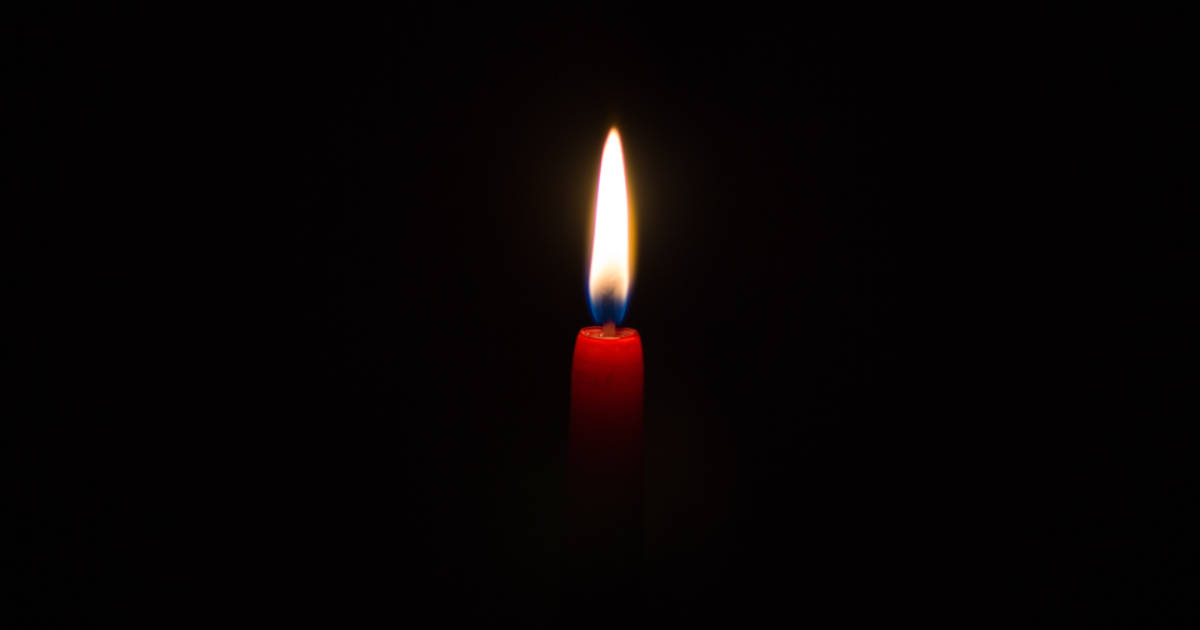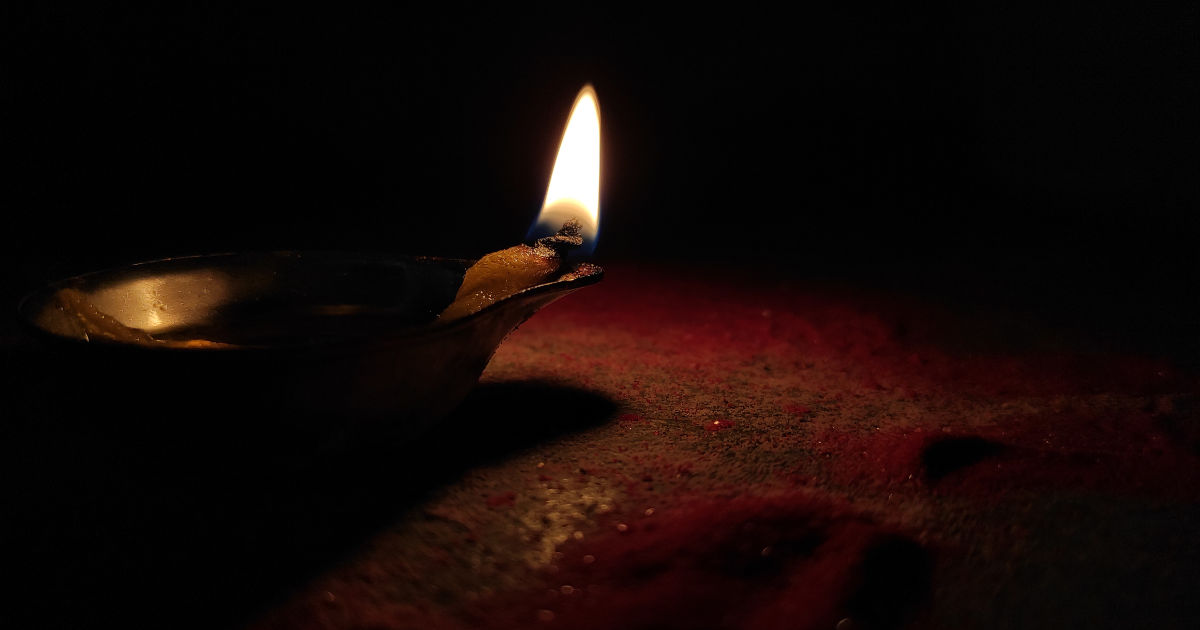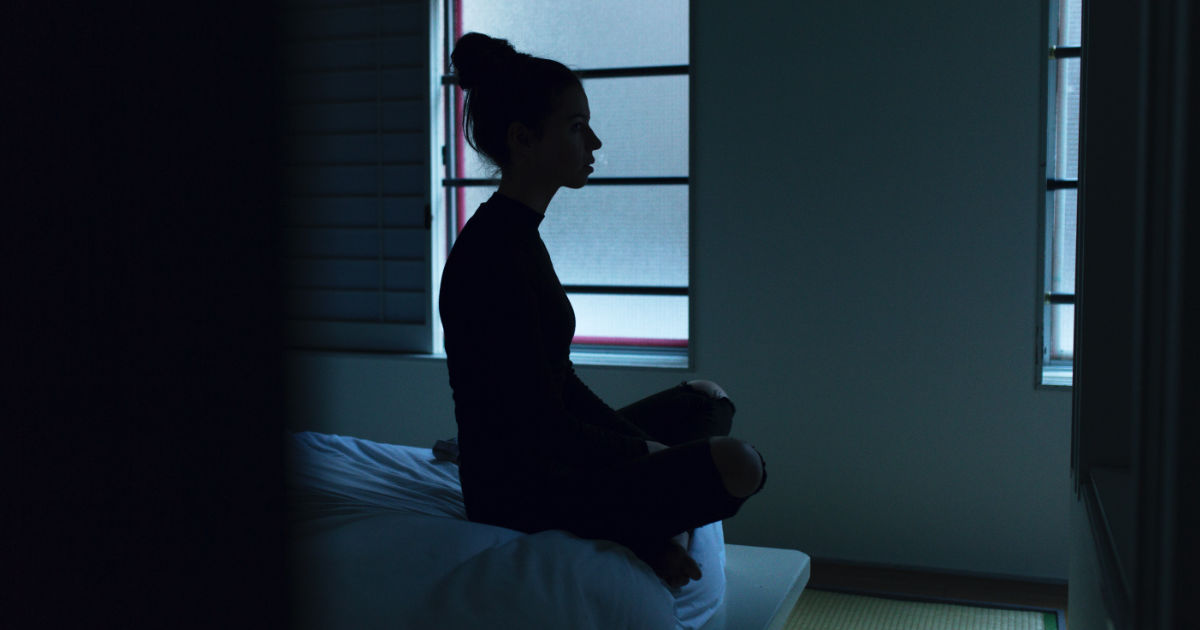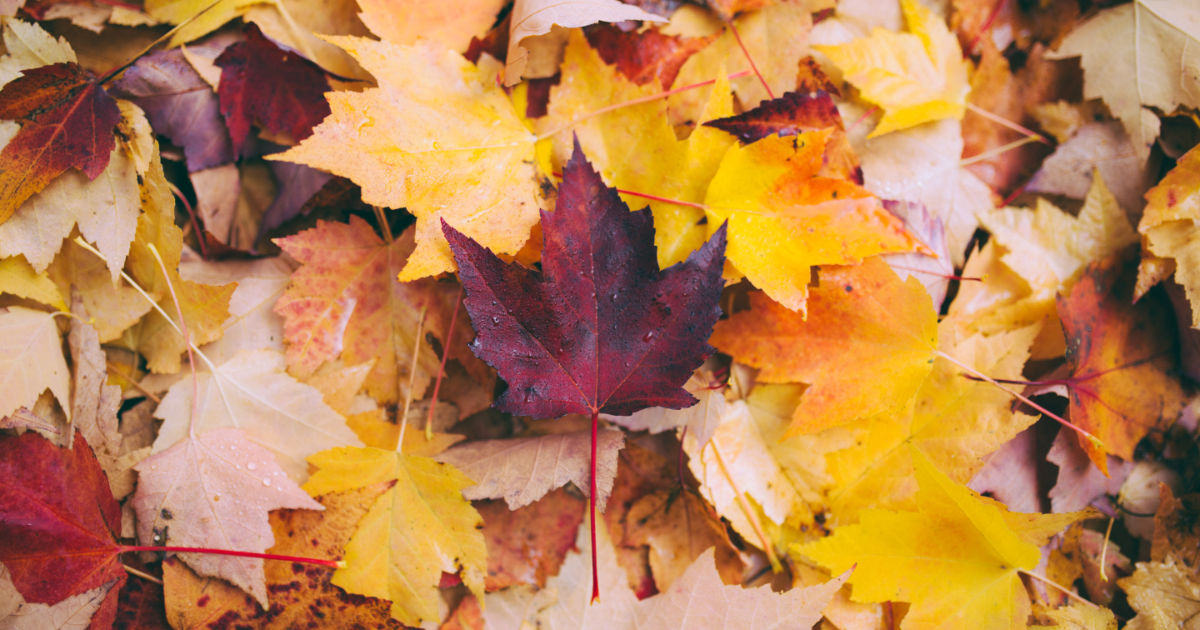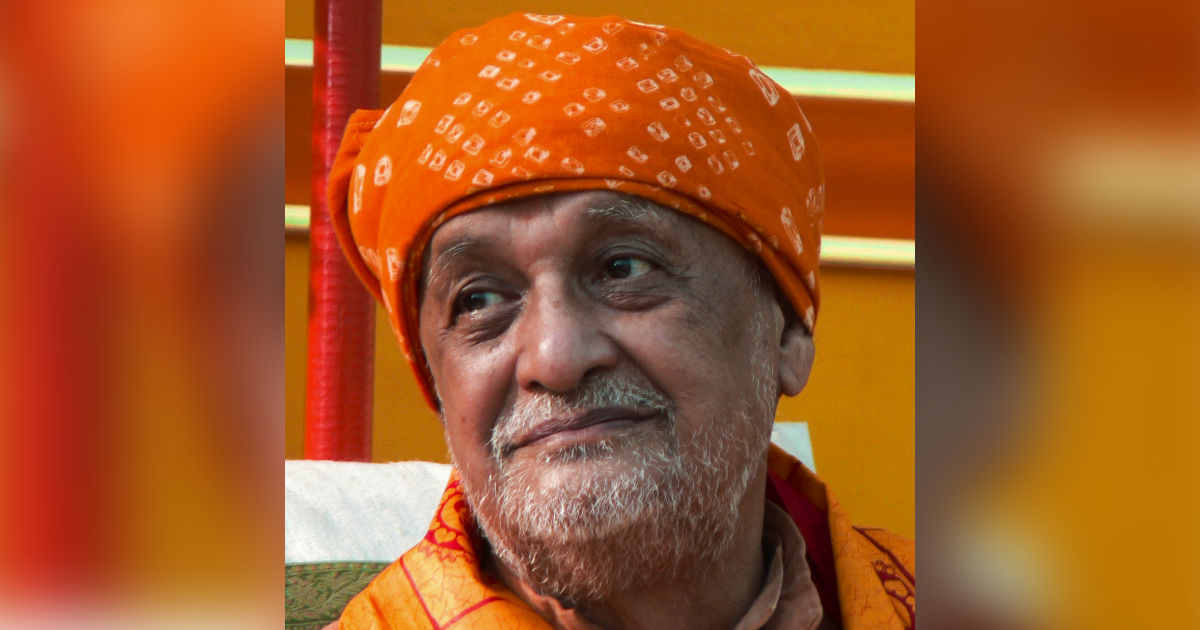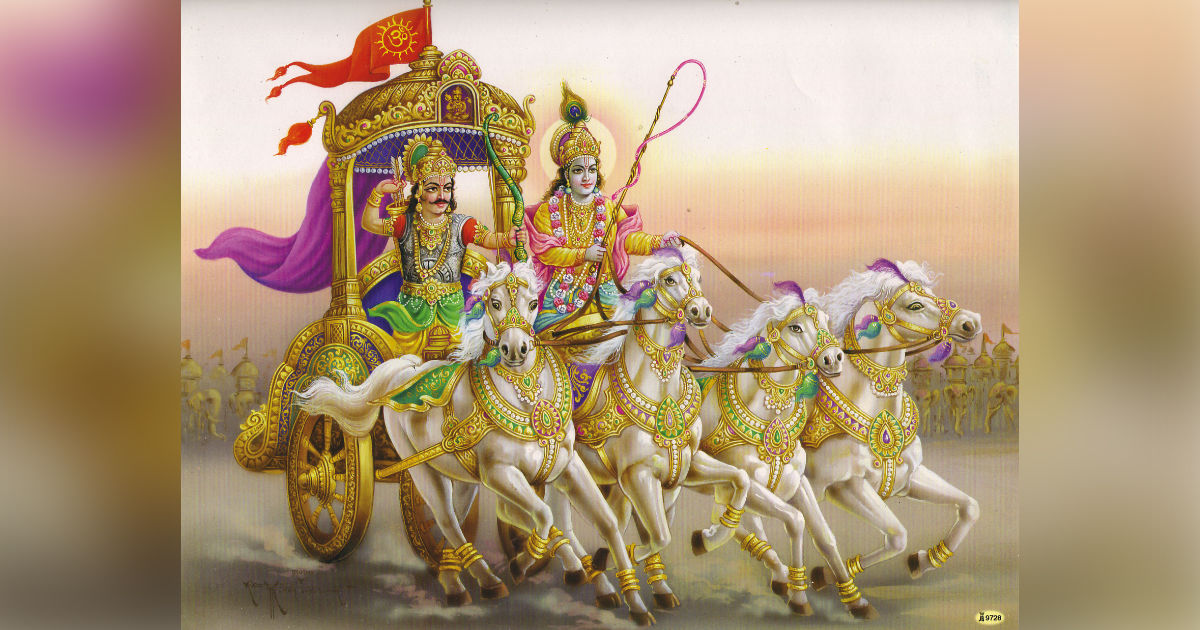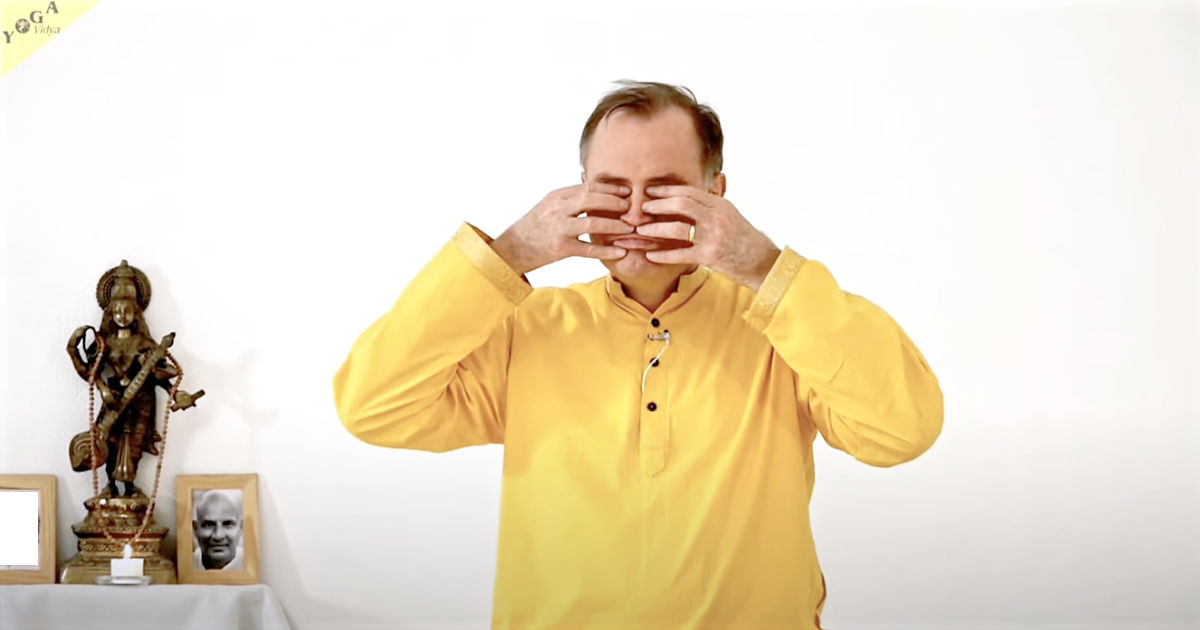
Having controlled the Prana and Apana, during Kumbhaka (breath retention), with the gaze fixed steadily at the tip of the nose, performing shanmukh mudra with the fingers of both hands, the mind merge itself in the sound of pranava, Aum. – Upanishads.
Shanmukh mudra is practiced when one closes the ears with the thumbs, the eyes with the index fingers, the nostrils with middle fingers, and place the little finger below the lips. Release the pressure of the middle fingers and open the nostrils. Inhale slowly and deeply using full yogic breathing. At the end of the inhalation, close the nostrils with the middle fingers and practice Kumbhaka (holding breath). Hold breath for as long as possible. Release the pressure of the middle finger and slowly exhale.
What are the Upanishads saying?
Through one’s breath awareness, one is able to control inhalation and exhalation. When this is accomplished, one is able to rid oneself of negativity, doubts and fears. The outcome is one’s thoughts are no longer the rulers of one’s mind.
The mind, when it is free from thoughts, desire and motion, merges in the supreme Brahman. This state is Samadhi. – Upanishads.
The year is ending and what is the resolution one can make? Balance one’s prana and to do that practice Samvrit Pranayama. Inhale to the count of five, hold the breath to the count of five, exhale to the count of five and hold the breath outside to the count of five. Practice 27 times with the mantra So Ham, Aum or your personal mantra. Remain on the spiritual path.
Aim Hrim Klim

